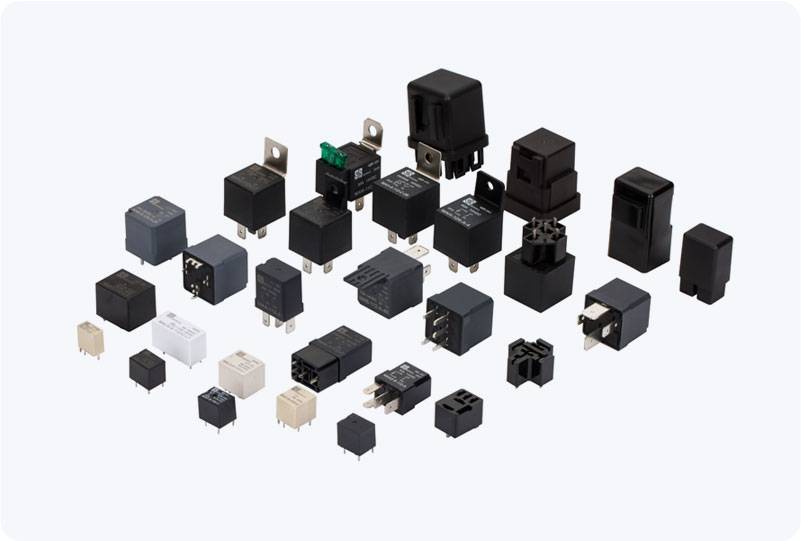Automotive relay for headlights plays a vital role in a vehicle’s electrical system, ensuring that the headlights receive the proper power needed for optimal function. It acts as a switch, allowing a low-power electrical signal to control a high-power circuit that powers the headlights. This simple yet highly efficient component is essential for vehicle lighting systems and plays a crucial role in maintaining the durability and functionality of automotive electrical circuits.

What is an Automotive Relay for Headlights? At its core, an automotive relay is an electrically operated switch that allows a small current to control the operation of a larger current. For headlights, this means that when the driver turns on the headlights, the relay is activated, allowing the high-current power from the car’s battery or alternator to flow to the headlights without overloading the car’s headlight switch or other components. The automotive relay for headlights typically consists of five pins: one for the low-power control signal (positive or ground), one for the switch ground, and the remaining pins for the high-power circuit. The relay contains a coil inside, and when a current is passed through the coil, it generates a magnetic field that closes the relay’s contacts, allowing the headlights to receive the power they need.